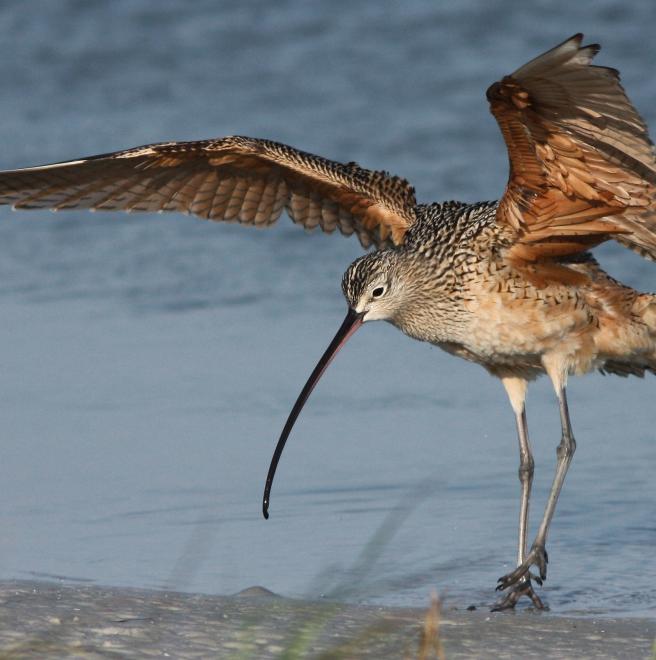

The largest shorebird in the U.S. currently breeds in grasslands, wetlands, and even open woodlands in the Intermountain West and northern Great Plains. The Long-billed Curlew’s nesting habitats have been under siege for decades by direct human agency: grazing, fire suppression, and infrastructure development. Unfortunately, climate change may portend additional declines, as Audubon's climate model projects a 99 percent loss of current summer range by 2080. On the wintering grounds, expansion and gain is possible, but disruptions are expected as areas with suitable climate move inward and northward.
Explore more birds threatened by climate change around the country.





















It's easier than you think to make a difference. Become an Audubon member today to help birds facing climate change.